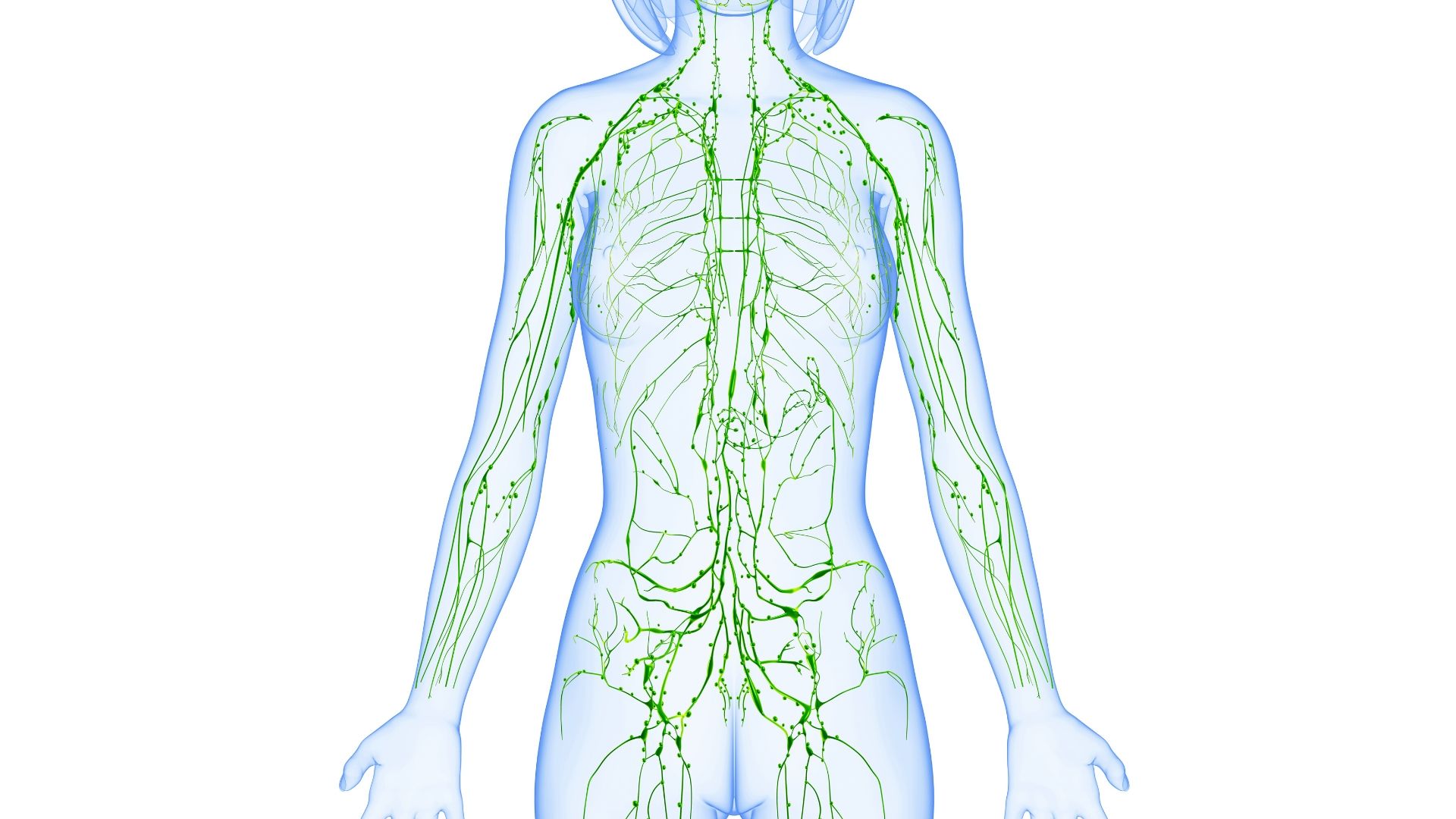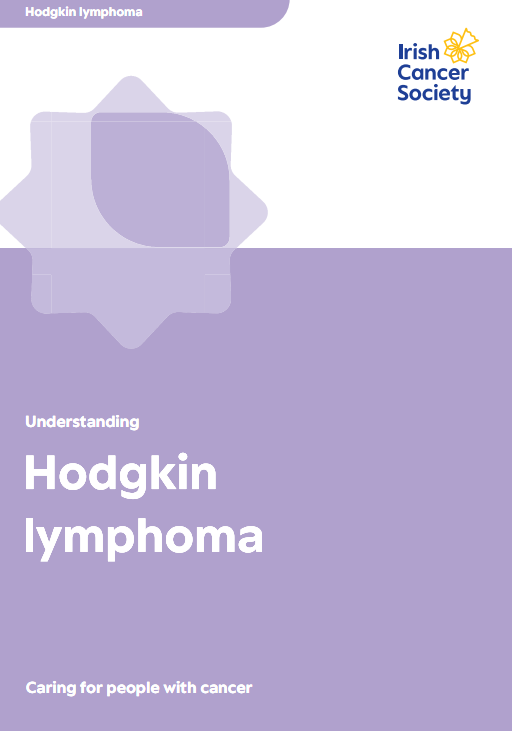Hodgkin lymphoma
About 155* people are diagnosed with Hodgkin Lymphoma in Ireland each year. Hodgkin lymphoma occurs most often in young people between the ages of 15 and 30 and those over 65, but it can occur at any age.
Signs and symptoms
Learn about the signs and symptoms of hodgkins lymphoma . You are more likely to survive cancer if you find it at an earlier stage.
Treatments
There are a number of different treatments available for hodgkins lymphoma. Your medical team will explain the best treatment options for you.
What is Hodgkin lymphoma?
Hodgkin lymphoma is a cancer of your lymphatic system, which is part of the immune system.
About 155 people are diagnosed with Hodgkin Lymphoma in Ireland each year.
Lymphoma happens when lymphocytes (a type of white blood cell) grow in an abnormal way. The abnormal cells start to collect in your lymphatic system, particularly the lymph nodes. This causes swellings, known as lymphomas.
What are the types of Hodgkin lymphoma?
Hodgkin lymphoma is divided into two types:
Most people with Hodgkin lymphoma have this type. It is divided into four subtypes, which are treated in the same way:
- Nodular sclerosis: The most common subtype. Mainly affects younger adults and women
- Mixed cellularity: More common in men than in women
- Lymphocyte rich: Quite rare. Mainly affects children
- Lymphocyte depleted: Mainly affects older people
This type of lymphoma is very rare. It is usually diagnosed at an early stage and is usually slow growing. It tends to occur more in men and is often diagnosed in people under the age of 35. NLPHL can change into a form of aggressive non-Hodgkin lymphoma, known as diffuse large B-cell lymphoma (DLBCL), but this is rare.
What is the lymphatic system and what does it do?
The lymphatic system is part of the body’s immune system, which helps to protect us from infection and disease.

- Lymph vessels: Transport excess fluid and waste from body tissues and filter bacteria and viruses
- Lymph nodes (or lymph glands): Contain infection-fighting white blood cells called lymphocytes. There are two types of lymphocytes: B-cells and T-cells. Lymph nodes often swell when they are fighting infection, which is a normal, healthy response. Lymph nodes are found mainly in the neck, armpit, groin and tummy
- The spleen: Helps to filter out damaged cells from the blood stream and also to fight infection
- Other body organs: Your tonsils, adenoids, thymus, spleen and bone marrow
Sometimes cancer cells spread into lymph nodes or cancer can start in the lymph nodes themselves.
What increases my risk of Hodgkin lymphoma?
The cause of Hodgkin lymphoma is unknown. But there are certain things called risk factors that can increase your chance of developing the disease. These include:
It is more common in men than in women.
It occurs most often in young people between the ages of 15 and 30 and those over 65, but it can occur at any age.
Sisters or brothers of people who have had Hodgkin lymphoma have a slightly increased risk of getting the disease. We don’t know why this is.
Anyone whose immune system is damaged or not working fully may be at risk. This includes those taking drugs to prevent rejection after an organ transplant or due to other treatments. Anyone that has an immune condition, for example, Sjӧgren’s syndrome, rheumatoid arthritis or systemic lupus erythematosus, may be more at risk too.
Certain viruses, like Epstein Barr (glandular fever) and HIV, may lead to an increased risk of developing Hodgkin lymphoma.
Having a risk factor doesn’t mean you will get cancer. Sometimes people with no risk factors get the disease. If you’re worried, talk to your GP or talk to one of our cancer nurses. Call our Support Line on 1800 200 700 or visit a Daffodil Centre.
Medical content updated from our 'Understanding Hodgkin lymphoma' booklet (2024). Reviewed by Dr Ronan Desmond, Consultant Haematologist, Caroline Croezen, CNM3 in Survivorship and Noreen Twohill, Daffodil Centre Nurse.
Talk to a Cancer Nurse

Support Line
Our Daffodil Centres

*The Irish Cancer Society uses the most up-to-date cancer statistics from the National Cancer Registry Ireland, available on www.ncri.ie

